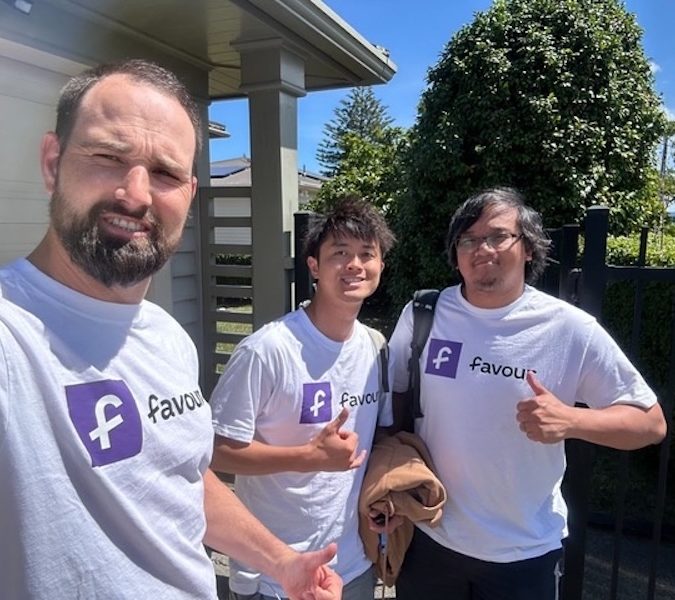
As we settle into 2023, the gaming industry is set to be an even more popular playground for brands. 2022 saw some truly industry leading integrations between both endemic and non endemic brands and gaming. This is because gaming is not only a passion for a sought after audience, but provides a fertile playground for the things that matter to them most. Gen Z are leading a cultural shift resulting in new consumer behaviours emerging. Attention is a new currency for marketers and livestreaming and gaming is where attention is held.
Ditching highly stylised curation for more authentic experiences
Authenticity will turn the dial for brands in 2023.
There’s been a huge shift in what consumers are looking for when it comes to content from brands – instead of perfectly colour-coordinated and stylised feeds, we’re seeing demand for content that is more candid and representative of real, unfiltered life.
These consumers are an audience composed of Millennials, Gen Z and Gen Alpha, a group we’ve dubbed as Generation Twitch, and they are shifting their digital experience to one that is free from unattainable standards set by edited social media feeds. This trend is particularly evident with the boom of TikTok and Twitch’s Just Chatting category – Twitch has seen a 151% increase in hours watched for Just Chatting since 2020. Services like these allow creators to be their true unfiltered selves, enabling more genuine and stronger connections to be forged.
To be successful in targeting these audiences, brands will have to embrace this shift and utilise features like Stories and livestreaming in their upcoming strategies within real-time platforms to channel authenticity and interactivity, while integrating themselves within these tight-knit online communities.
Livestreaming and gaming will continue to be a place to hangout and enjoy community
The global monumental events of the past three years from climate change, increasing cost of living, to the pandemic have made gaming and interactive virtual spaces a haven and respite for around 73% of Kiwis. In fact, interactive livestreaming and gaming have become places for Kiwis to extend their social lives, where they share their day-to-day, their achievements, learn new skills or connect with friends beyond the geographic borders of local neighbourhoods.
Accordingly, creators are also ditching scripted content, opting for more candid, open and genuine conversations – they’re transforming their online spaces to be more like coffeehouses. Platforms such as Discord and features like Twitch’s Guest Star, allow streamers, content creators and their audiences to connect in real-time, share interests and passions and strengthen the bonds of community.
Read more: A sneak peek into the growing gaming industry set to hit the billion dollar-mark
For marketers and advertisers, this opens up opportunities to connect with these audiences in new experimental ways. Whether it’s bringing a musical artist onto a gaming service like Fortnite, or working with a streamer to launch a new product like prominent Minecraft streamer, Pearlescentmoon, who streamed herself creating a Patties sausage roll factory – brands will need to consider how the format of livestreaming and the power of community will fit within their upcoming strategies.
Brands will deliver more dynamic and collaborative experiences due to high demand from Gen Z
Gen Z are digital natives who thrive in user-generated environments and are some of the world’s hardest-to-reach consumers. They want immersive, spontaneous, surprising and fluid experiences; they don’t want to be passive onlookers. What makes this audience highly regarded is they’re projected to earn $33 trillion or 27% of the world’s income by 2030, making them an increasingly influential consumer demographic we cannot ignore.
In order to convert these core audiences, marketers and advertisers will be required to create equally immersive, spontaneous, surprising and fluid connections, and increasingly lean on the trusted voices of streamers and creators.

In 2023, we’ll be seeing more ads that are closer to entertainment than advertising. Brands will be paying close attention to this and tailoring their strategies to launch dynamic content. For example, game publisher HoYoverse teamed up with Twitch to bring the beloved mascot, Paimon, from the role-playing game Genshin Impact into the live streams of players across the world. By utilising a custom Twitch extension, streamers were able to interact with Paimon and with the help of their viewers, work together to unlock in-game rewards. Not only does this demonstrate a clever way of reaching new audiences, but also how brands can create an immersive and surprising experience by working with a service like Twitch.
Brands will be paying attention to the attention economy
Over the last few years, consumer behaviour has shifted to have shorter attention spans with Gen Z only able to focus for around 8 seconds compared to the 12-second attention span of Millennials. With shorter attention and retention spans, brands will need to work smarter in order to capture and retain the attention of their consumers.
Which is why this year, we expect to see more brands and advertisers starting to include attention metrics within their media buying decisions to help them optimise their investments. Advertisers and marketers are increasingly understanding that not all impressions have equal value, and viewability doesn’t always equal attention.
For example, Twitch rolled out the purple carpet in Sydney last year for the premiere of Black Adam, working with prominent streamers /HexSteph and /Reapz to put on an epic sideshow filled with live, authentic moments to hype the launch of the film. Streamers were on the ground, hosting interactive segments complete with viewers voting for superhero-themed Twitch Dares and helping special guests with Charades. Not only was this activation highly engaging, but it received over 1,000 chat messages of chaos and raw enthusiasm, resulting in 67,000 minutes of viewed content – a prime example of what can be achieved with a tuned-in audience.
So to successfully meet Generation Twitch in the gaming spaces they frequent, brands and agencies will have to throw away their old playbooks to execute impactful campaigns. They will need to experiment with new formats such as sponsored gaming streams, or native content like commerce extensions, games, or even opportunities to redeem bits for perks. One of the reasons why communities on Twitch are willingly consuming content for hours is that the users have a unique interactive experience where they can not only sit back and relax, but also engage with the streamer or community chat.
As we look to the year ahead, 2023 will bring new challenges and opportunities. On the content side, success will come from experiences that focus on authenticity, connection and community. For brands and agencies, ensuring strategic partnerships that trust creators and streamers to deliver campaigns that work best for their audiences will result in campaigns with stronger engagement and higher conversion rates. It’s an exciting time for the gaming industry and we’re looking forward to seeing what incredible gaming experiences 2023 brings.




